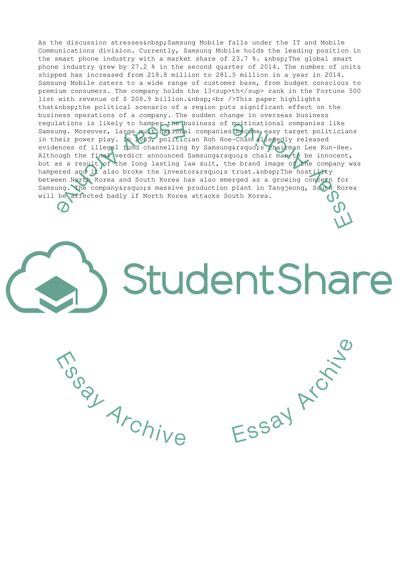Cite this document
(“Business Strategy in a Global Environment Case Study - 1”, n.d.)
Business Strategy in a Global Environment Case Study - 1. Retrieved from https://studentshare.org/business/1672534-business-strategy-in-a-global-environment
Business Strategy in a Global Environment Case Study - 1. Retrieved from https://studentshare.org/business/1672534-business-strategy-in-a-global-environment
(Business Strategy in a Global Environment Case Study - 1)
Business Strategy in a Global Environment Case Study - 1. https://studentshare.org/business/1672534-business-strategy-in-a-global-environment.
Business Strategy in a Global Environment Case Study - 1. https://studentshare.org/business/1672534-business-strategy-in-a-global-environment.
“Business Strategy in a Global Environment Case Study - 1”, n.d. https://studentshare.org/business/1672534-business-strategy-in-a-global-environment.


